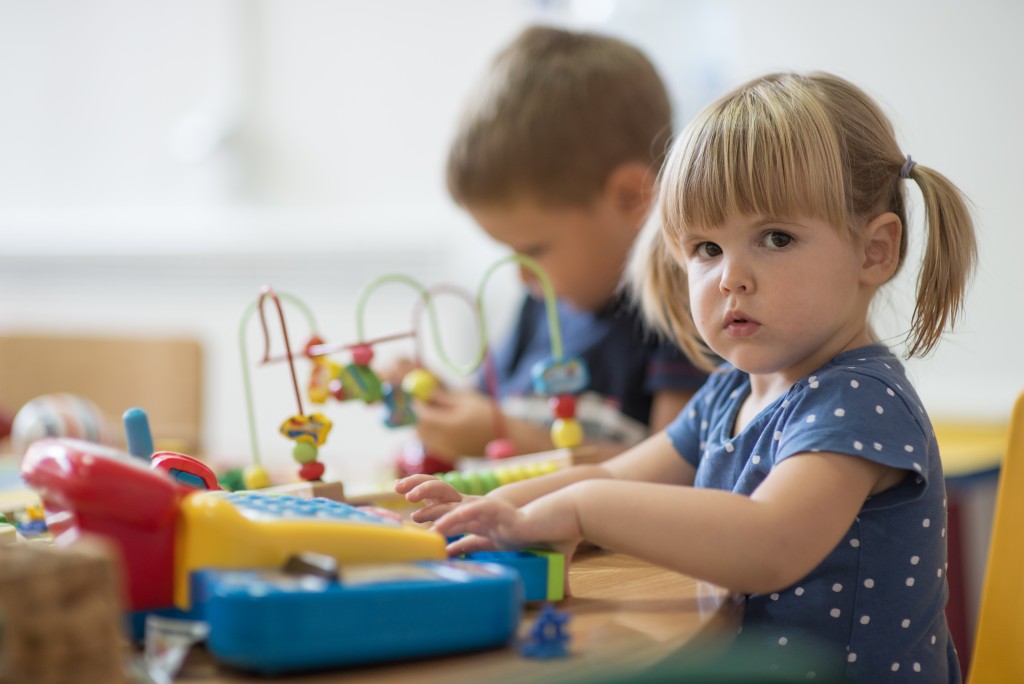Childcare settings such as daycare centers, nursery, and primary schools, commonly witness accidents like slips and falls. Physical activities are crucial to the development of children, so they should be allowed to run and play. However, these exercises expose them to injuries.
The childcare institution is responsible for ensuring the safety and security of the kids and prevent accidents as much as possible. Failure to do so can be considered as negligence by the school or daycare center. The parents of an injured child can sue the school because of inadequate supervision, defective playground equipment, and other reasons.
Avoid a messy lawsuit and ensure the safety of your students by following these four non-negotiable measures:
1. Childproof your premises
The first step to creating a child-safe environment is ridding it of anything that can put your students in danger. The indoor and outdoor premises of your school hide many potential hazards for children. These items pose risks through falls and slips, burns, poisoning, choking, electrocution, and other dangers.
Install appropriate safety devices, such as smoke alarms, electrical socket covers, and safety guards for hot surfaces, among others. Apply a long-wearing waterproof deck coating on your outdoor hallways to decrease the likelihood of slips and falls.
Choose age-appropriate toys and playground equipment to make sure that your students are playing with items that match their level of development.
Follow your state’s health and safety checklist for schools to make sure you don’t miss anything.
2. Ensure constant supervision
Remember that childproofing doesn’t replace supervision; these two go hand-in-hand. A properly trained teaching staff should always be with the children, whether they’re indoors or outdoors.
Your staff should also show proper manners and habits since the kids look up to them as role models. This helps instill healthy practices among your students, making them easier to supervise.
3. Manage kids’ behavior through safety policies
Managing behaviors and building developmentally appropriate habits are part of any quality childcare program. Apart from raising well-rounded and well-mannered individuals, behavior management helps students learn injury-preventive habits.
These habits then allow kids to care for themselves to an extent. They’ll be capable of judging whether an activity is safe or not, which makes them less prone to injuries. They’ll still need constant supervision to reduce the likelihood of accidents further.
The safety policies guide childcare providers in protecting the students. They also serve as reminders for the kids on which activities to avoid.
4. Consult parents in creating a healthy environment

A healthy and safe environment is the number one priority of parents when seeking childcare. It’s essential to consider their input since they know what their children need best. Some parents might have kids with special needs, such as mobility or sight restrictions. These kinds of information help you create a safe and inclusive environment in your school.
Schools and daycare centers have a legal duty of care, which means they must do everything they can to protect their students from injury and harm. This includes providing a safe and secure environment for the children, which starts by understanding their needs.
Identify the age group of your students to determine their developmental needs, which you can then use as a basis to build your safety policies and design your environment.




